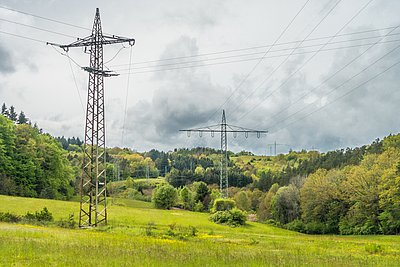Existing infrastructure could help close “white” and “grey spots” in mobile network operators’ coverage quickly and cost-effectively, without the need for additional construction measures (“white spots” refers to 4G/5G-dead zones, “grey spots” to zones where not all established mobile network operators provide 4G/5G-coverage). In light of new coverage requirements, this creates the opportunity to meet these obligations more rapidly, more sustainably, and with lower investment.
For the analysis, approximately 25,000 specific sites of passive infrastructure and properties belonging to two energy supply companies were evaluated. These companies' service areas cover around 16 percent of Germany's total land area. The sites were assessed to determine whether they are suitable for closing white and grey coverage gaps and whether they could be used for network densification or as replacement sites in already covered areas.
The calculations show that, with manageable effort, over 20 percent of pure white spots and more than 40 percent of the white and grey spots in the service areas of the two energy providers could be covered. Since mobile coverage in these regions is representative of the national average, the findings can be considered indicative for all of Germany.
In addition to saving time and costs, the shared use of existing infrastructure conserves natural resources and contributes to environmentally sustainable action. This is especially relevant as underserved areas are often located in ecologically sensitive regions.
In conclusion, mobile network operators should have a strong interest—economically, ecologically, and from a regulatory standpoint—in utilizing existing infrastructure.



![[Translate to English:] Professor Bernd Sörries](/fileadmin/_processed_/c/7/csm_bd1799e9_klein_9e488ded6f.jpg)